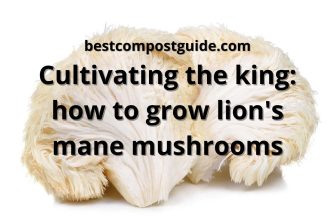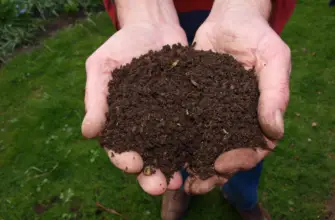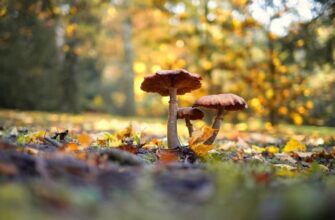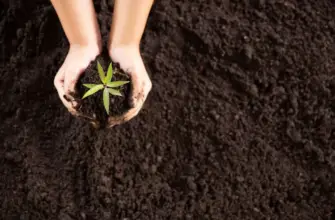Pink oyster mushrooms (Pleurotus djamor) are a delightful variety of edible fungi known for their striking color and delicate flavor.
One of the unique characteristics of these mushrooms is their vibrant pink hue. They often have long stems.
With their vibrant pink color and unique growth patterns, these delicious mushrooms not only make a beautiful addition to any garden but also offer a nutritious and tasty ingredient for various culinary delights.
If you want to grow mushrooms, this guide will provide you with essential information and step-by-step instructions to get started on your mushroom cultivation journey.
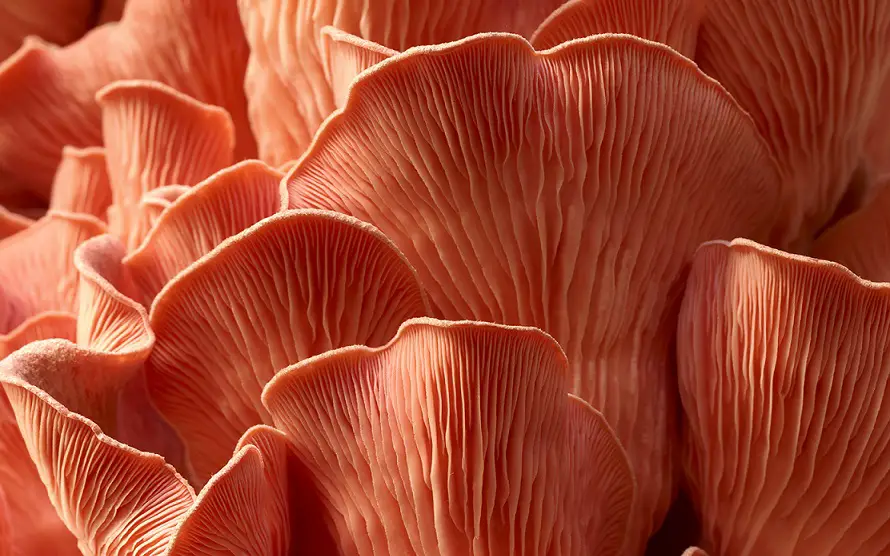
- Choosing the right growing medium
- Preparing the growing medium
- Inoculating the substrate: pink oyster spawn
- Creating an ideal growing environment
- Fresh air, light, and ventilation
- Watering and maintaining moisture levels
- Controlling pest and disease infestations
- Harvesting pink oyster mushroom
- Storing pink oyster mushroom
- Storing for extended freshness
- Troubleshooting common issues
- Cooking pink oysters
- Exploring the health benefits of pink oysters
- Using olive oil to enhance flavor
- Bad taste
- FAQ
- How long does it take to grow pink oyster mushroom?
- Are pink oyster mushrooms easy to grow?
- What temperature do pink oyster mushrooms need to grow?
- Conclusion
Choosing the right growing medium
To successfully grow mushrooms, it’s crucial to select an appropriate medium. These mushrooms are typically cultivated on substrates rich in cellulose, such as straw, sawdust, or agricultural byproducts like corn cobs or cottonseed hulls.
You can choose a single pink oyster mushroom substrate or create a mix to enhance the nutrient content and texture of fresh mushrooms.
For those, who live in tropical climates: consider growing blue oysters alongside pink oysters. Blue oyster mushrooms (Pleurotus ostreatus) are well-suited to tropical conditions, with their optimal temperature range falling between 20-25 °C (68-77 °F).
These mushrooms share similarities with pink oysters in terms of cultivation requirements, making them an excellent companion for your mushroom-growing endeavors.
Understanding their natural habitat can help recreate similar conditions when cultivating them indoors, such as using substrates like straw, sawdust, or agricultural byproducts rich in cellulose.

Preparing the growing medium
Before using the selected medium, it’s essential to prepare it properly.
Start by pasteurizing or sterilizing the substrate to eliminate any competing organisms that could hinder oyster mushroom growth.
Pasteurization involves heating the substrate to a medium heat temperature for a specific duration, whereas sterilization typically requires higher temperatures and a longer duration to completely eliminate all microorganisms.
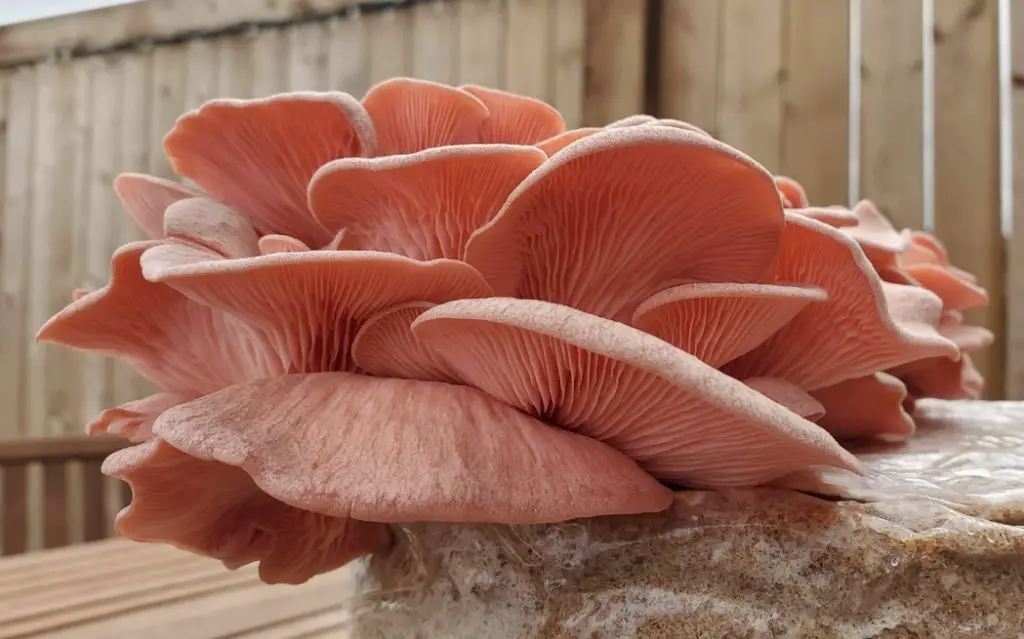
Inoculating the substrate: pink oyster spawn
Once the medium is prepared and cooled, it’s time to inoculate it with pink oyster mycelium.
Pink oyster spawn serves as the “seed” for mushroom growth and is usually composed of a substrate that’s been fully colonized by mycelium—the vegetative part of the fungus.
You can obtain pink oyster mycelium from specialized suppliers or create your own by transferring mycelium from a mature mushroom onto a fresh substrate.
Creating an ideal growing environment
Pink oysters thrive in warm and humid environments.
To provide the optimal conditions for their growth, maintain a temperature range of 20-25 °C (68-77 °F) and high humidity of around 80-90%. You can achieve these conditions by using a growing chamber or constructing a small greenhouse-like structure.
Regular misting or the use of a humidifier can help maintain the necessary humidity levels. While pink oyster mushroom prefers indirect light, a limited amount of direct sunlight exposure can be beneficial.
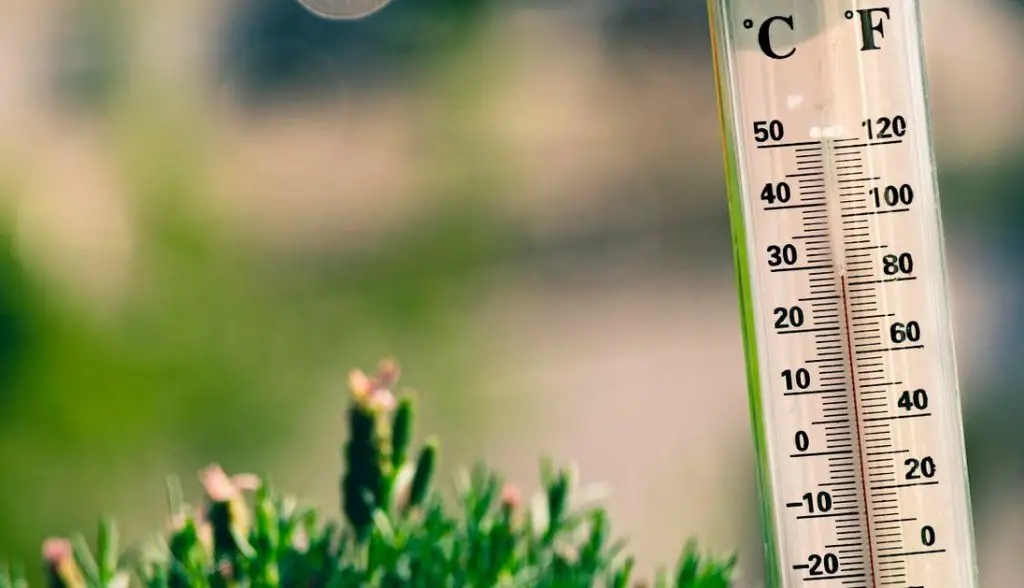
Fresh air, light, and ventilation
While the pink oyster mushroom prefers dim light, it still requires some exposure to trigger the development of fruiting bodies. Indirect sunlight or fluorescent lighting for 12 hours a day is usually sufficient.
Providing fresh air and ventilation is crucial for the successful cultivation of an oyster mushroom. This can be achieved by using fans or opening windows periodically to ensure a constant supply of fresh air.
Adequate airflow helps prevent the buildup of carbon dioxide and allows for the exchange of gases necessary for oyster mushroom growth.
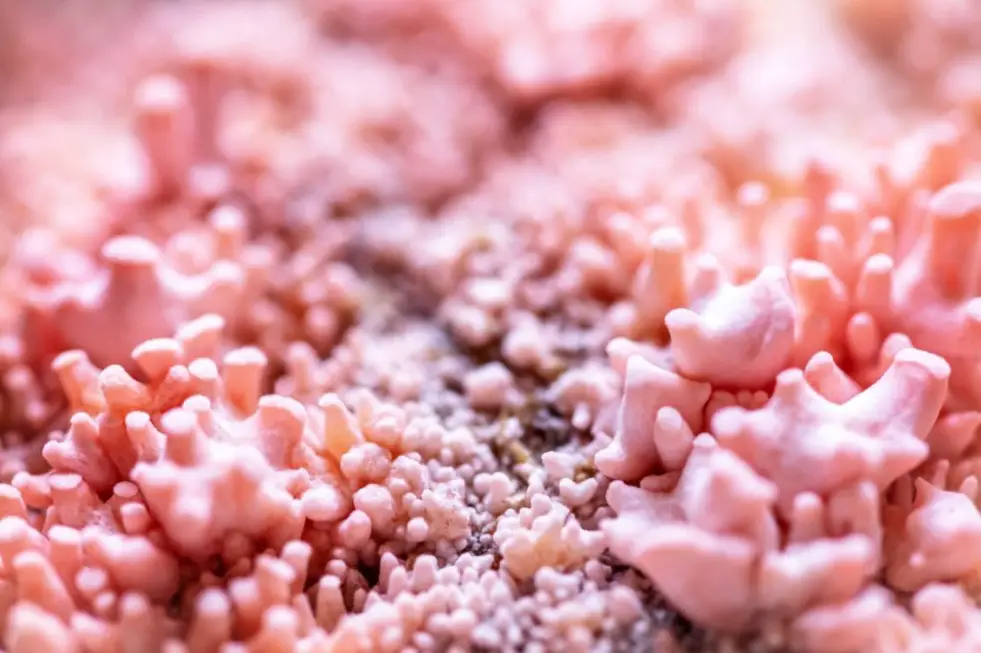
Watering and maintaining moisture levels
Pink oyster mushroom requires consistent moisture to grow properly. Regularly check the moisture content of the substrate by squeezing it gently.
It should feel like a damp sponge, with droplets of water forming but no excess water dripping. If the substrate becomes too dry, mist it lightly to maintain the required moisture levels.
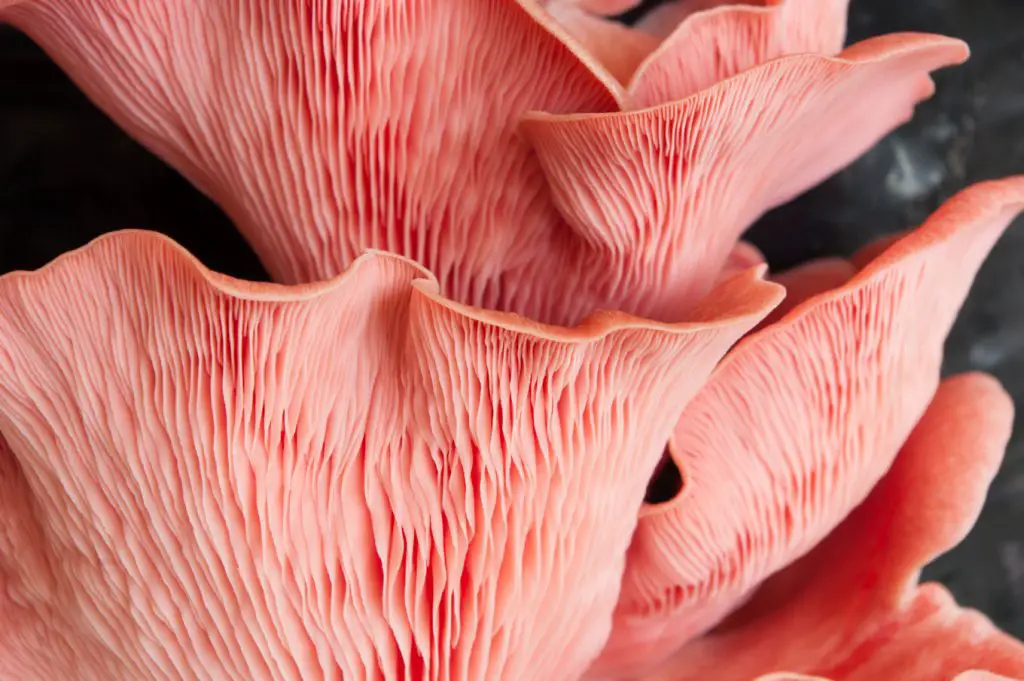
Controlling pest and disease infestations
Pink oysters are vulnerable to pests and diseases, which can hinder their growth or destroy the crop entirely.
To prevent infestations, maintain good hygiene practices by keeping the growing area clean and free from debris.
Regularly inspect the pink oyster mushroom bed for any signs of pests or diseases, and promptly address any issues that arise. If necessary, consult a local agricultural extension office or mycology expert for appropriate remedies.
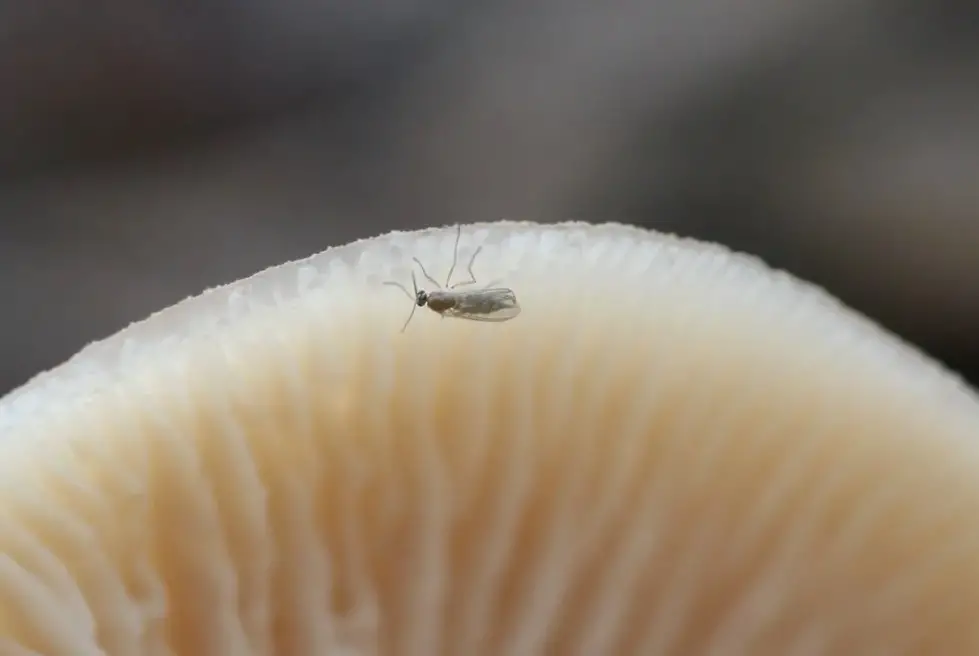
Harvesting pink oyster mushroom
Pink oysters are typically ready for harvest when the caps have fully opened and the gills are visible. Using a clean knife or scissors, cut the pink oyster mushroom close to the substrate surface.
Avoid pulling or twisting the mushrooms, as this can damage the mycelium and hinder future flushes.
Storing pink oyster mushroom
To maximize the shelf life of freshly harvested pink oysters, store them in a paper bag or a loosely closed container in the refrigerator.
Avoid sealing them in plastic bags, as this can promote moisture buildup and spoilage. These pink oysters can be enjoyed in various dishes and pink oyster mushroom recipes.
Pink oyster mushrooms taste amazing in stir-fries, soups, salads, or grilled as a delicious vegetarian option.
To extend the shelf life of a freshly harvested pink oyster mushroom, you can store them in the refrigerator wrapped in a slightly damp paper towel.
Avoid using a soaking wet towel, as excessive moisture can promote spoilage. This method can keep the mushrooms fresh for up to a week. You can also keep them fresh for up to a month by freezing them.
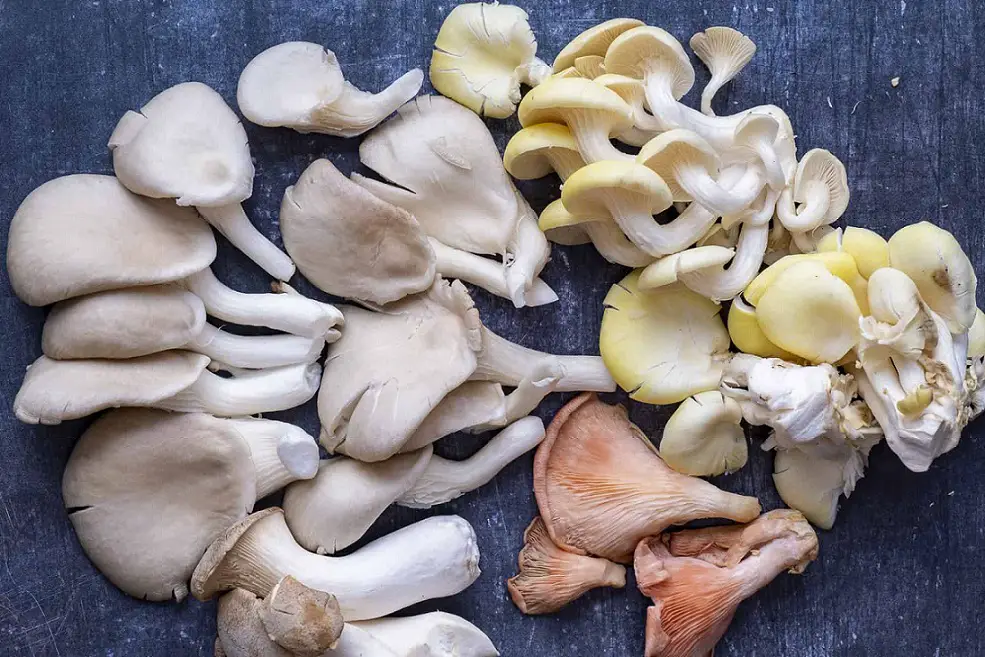
Storing for extended freshness
To store pink oyster mushrooms longer, you can place the pink oysters in a paper bag or a loosely closed plastic bag.
The bag helps to retain moisture and prevents the mushrooms from drying out too quickly.
However, it’s essential to allow some airflow to prevent excessive moisture buildup, which can lead to mold growth. Regularly check the mushrooms and remove any spoiled ones to maintain the quality of the rest.
Troubleshooting common issues
Growing pink oysters may sometimes come with challenges. Here are a few common issues and their possible solutions:
- Slow or no colonization: Ensure the substrate is properly pasteurized or sterilized, and the temperature and humidity levels are within the optimal range.
- Contamination: Maintain good hygiene practices, use clean equipment, and avoid introducing contaminants into the growing environment.
- Mushrooms not forming or stalling: Review the environmental conditions, particularly the temperature, humidity, and lighting levels, to ensure they meet pink oyster mushrooms grow requirements.
- Poor yield or quality: Check for any deviations in the growing conditions, nutrient deficiencies, or improper harvesting techniques.
If you’re interested not only in growing pink oyster mushrooms, but also would like to learn about composting, just open the link and check out an article on this subject.
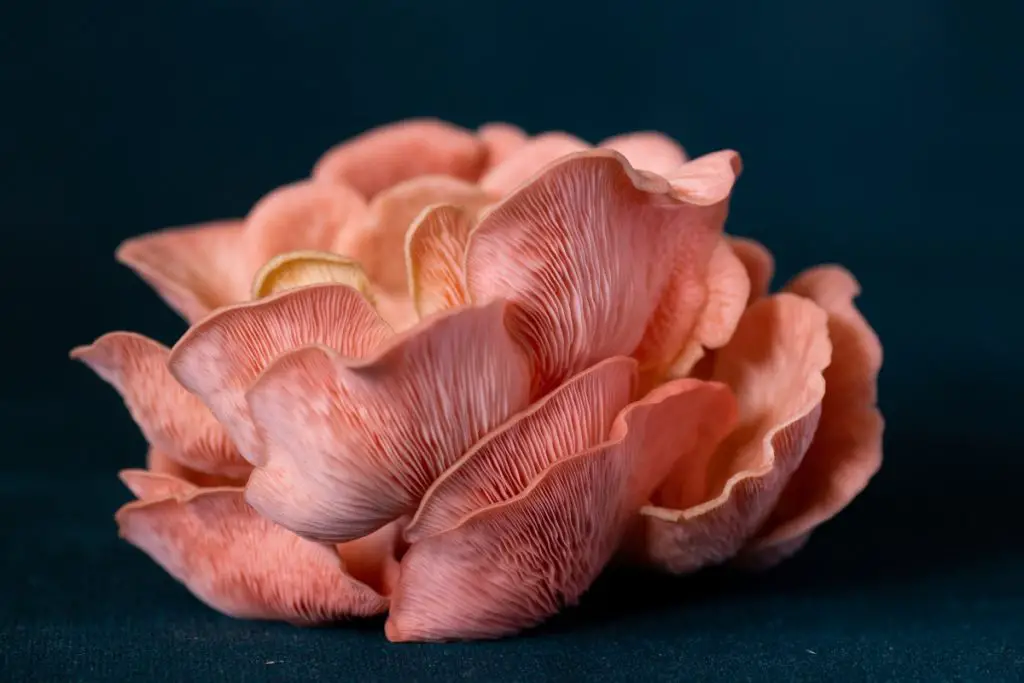
Cooking pink oysters
After the growing pink oyster mushrooms process is finished, you can try cooking pink oysters. If you want to know, how the pink oyster mushroom taste — amazing in different kinds of dishes. Here are some things, you need to consider.
Exploring the health benefits of pink oysters
Beyond their visual appeal and culinary uses, pink oysters offer various health benefits. They are low in calories and fat while being a good source of fiber, vitamins, and minerals.
These mushrooms contain antioxidants that support overall well-being and have been associated with potential anti-inflammatory and immune-boosting properties.
Adding a pink mushroom to your diet can be a flavorful way to enhance your nutritional intake.
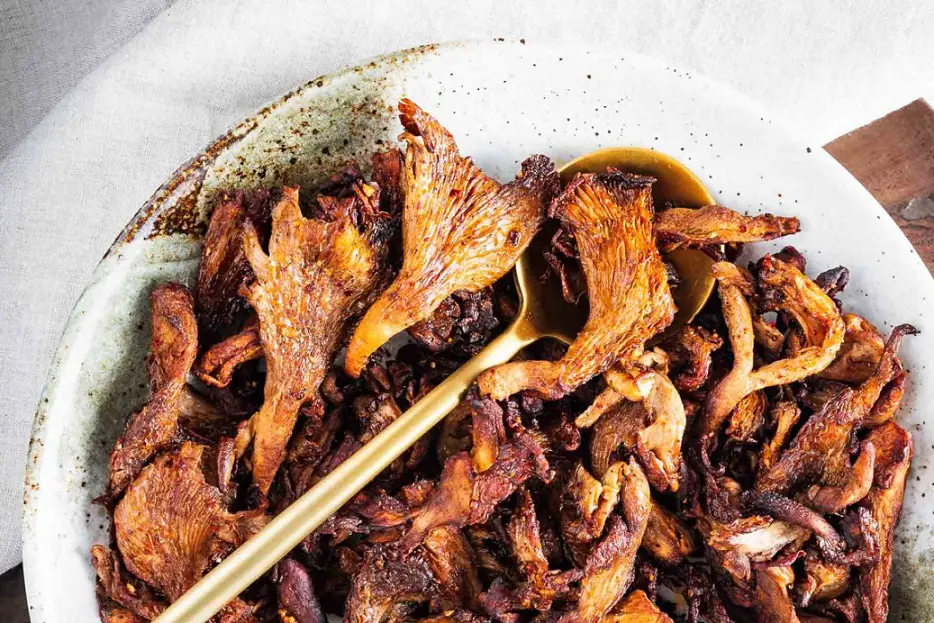
Using olive oil to enhance flavor
When cooking pink oyster mushrooms, incorporating a drizzle of olive oil can enhance their flavor and add a delightful touch to the dish.
Olive oil not only provides a subtle richness but also helps prevent the mushrooms from sticking to the pan. It complements the earthy taste of pink oyster mushrooms and pairs well with a variety of seasonings and ingredients.
Bad taste
Sometimes, pink oyster mushrooms (and other mushroom varieties) may develop a bitter taste. To mitigate this, you can soak them in cold water for about 10-15 minutes before cooking. This process helps reduce the bitter compounds present.
FAQ
We’re glad to answer some popular questions about growing pink oyster mushrooms.
How long does it take to grow pink oyster mushroom?
Pink oyster mushrooms typically take around 3-4 weeks to grow from inoculation to harvest.
However, the exact timeline can vary depending on various factors such as the growing conditions, quality of the spawn, and the specific strain of pink oyster mushrooms being cultivated.
Are pink oyster mushrooms easy to grow?
Pink oyster mushrooms are generally considered to be relatively easy to grow, especially for beginners in mushroom cultivation.
They are known for their rapid growth and adaptability to a wide range of substrates. With proper care and attention to the growing environment, beginners can achieve successful yields of pink oyster mushrooms.
What temperature do pink oyster mushrooms need to grow?
Pink oyster mushrooms prefer to grow in temperatures ranging from 20-25 °C (68-77 °F). This temperature range is ideal for their growth and development.
However, they can tolerate slightly lower or higher temperatures, but extreme fluctuations or prolonged exposure to temperatures outside the optimal range may negatively impact their growth and yield.
It’s important to maintain a stable and consistent temperature within this range to promote optimal growth of pink oyster mushrooms.
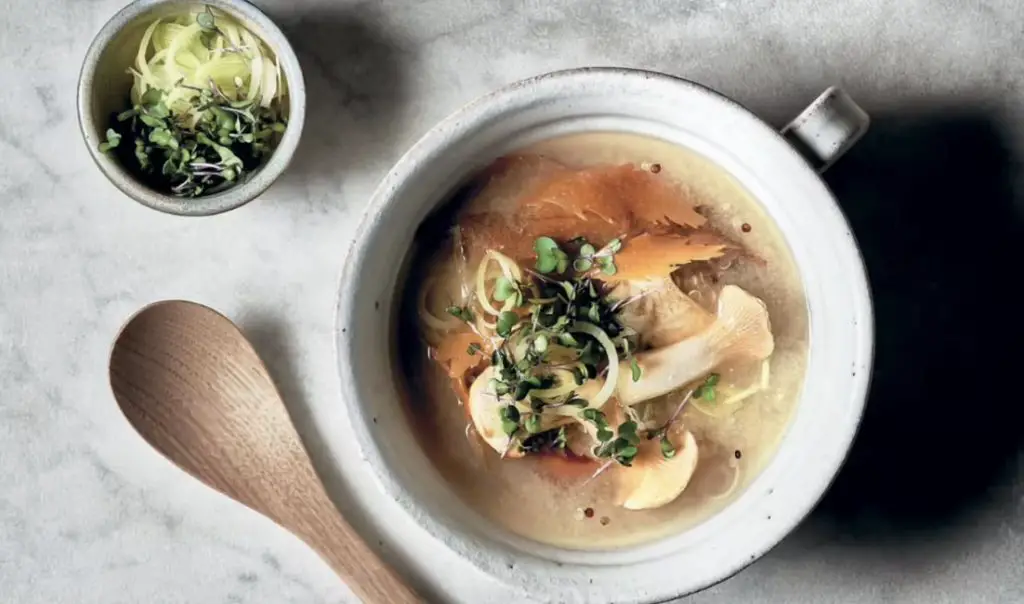
Conclusion
Growing pink oyster mushrooms can be a rewarding and enjoyable experience.
With careful attention to the medium, environmental conditions, and proper maintenance, you can witness the vibrant growth of these delightful pink fungi in your own home or garden.
Experiment with different recipes and share the joy of harvesting and savoring your homegrown pink oyster mushrooms with family and friends.
Read also: Cultivating the king: how to grow lion’s mane mushrooms


